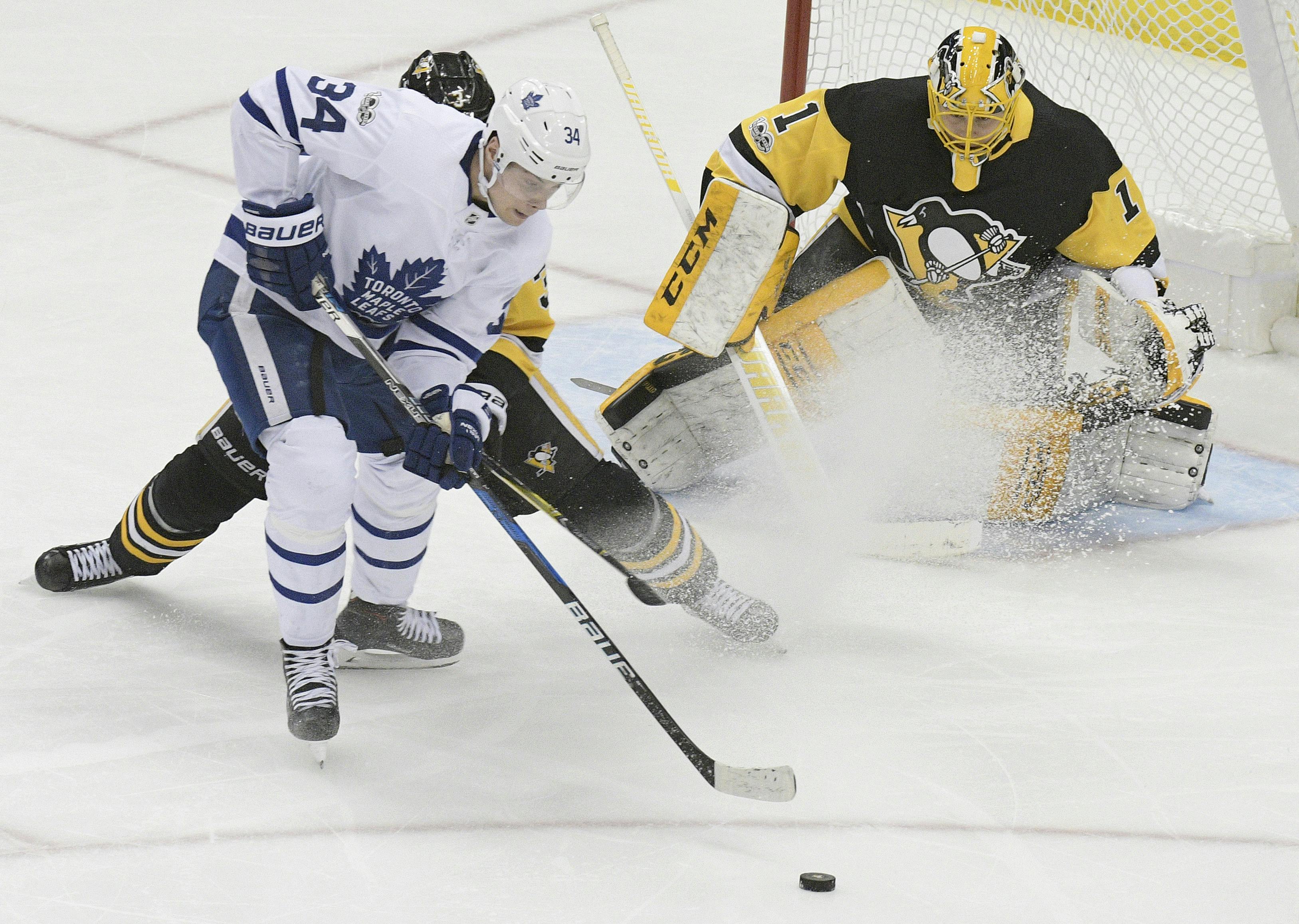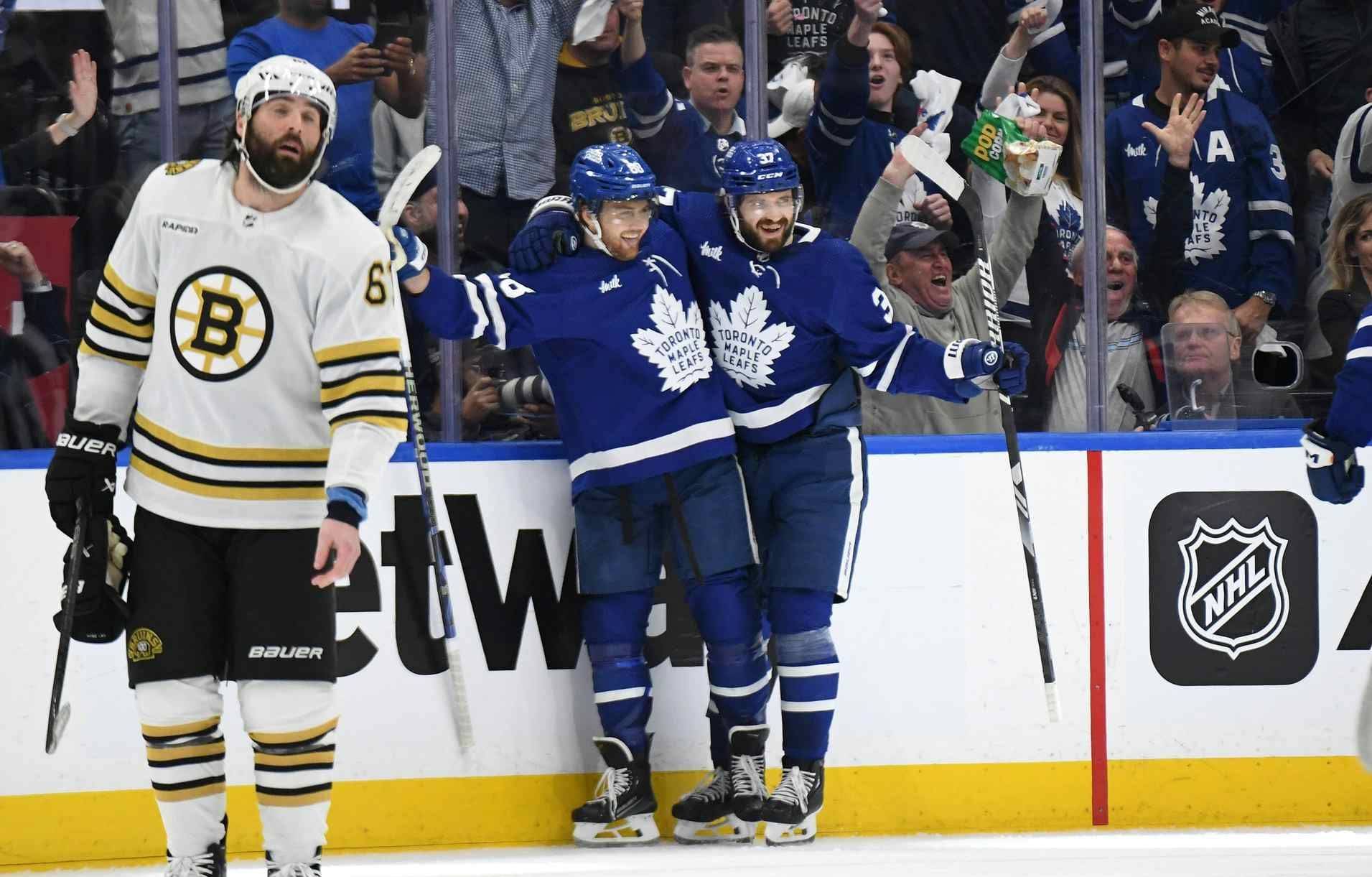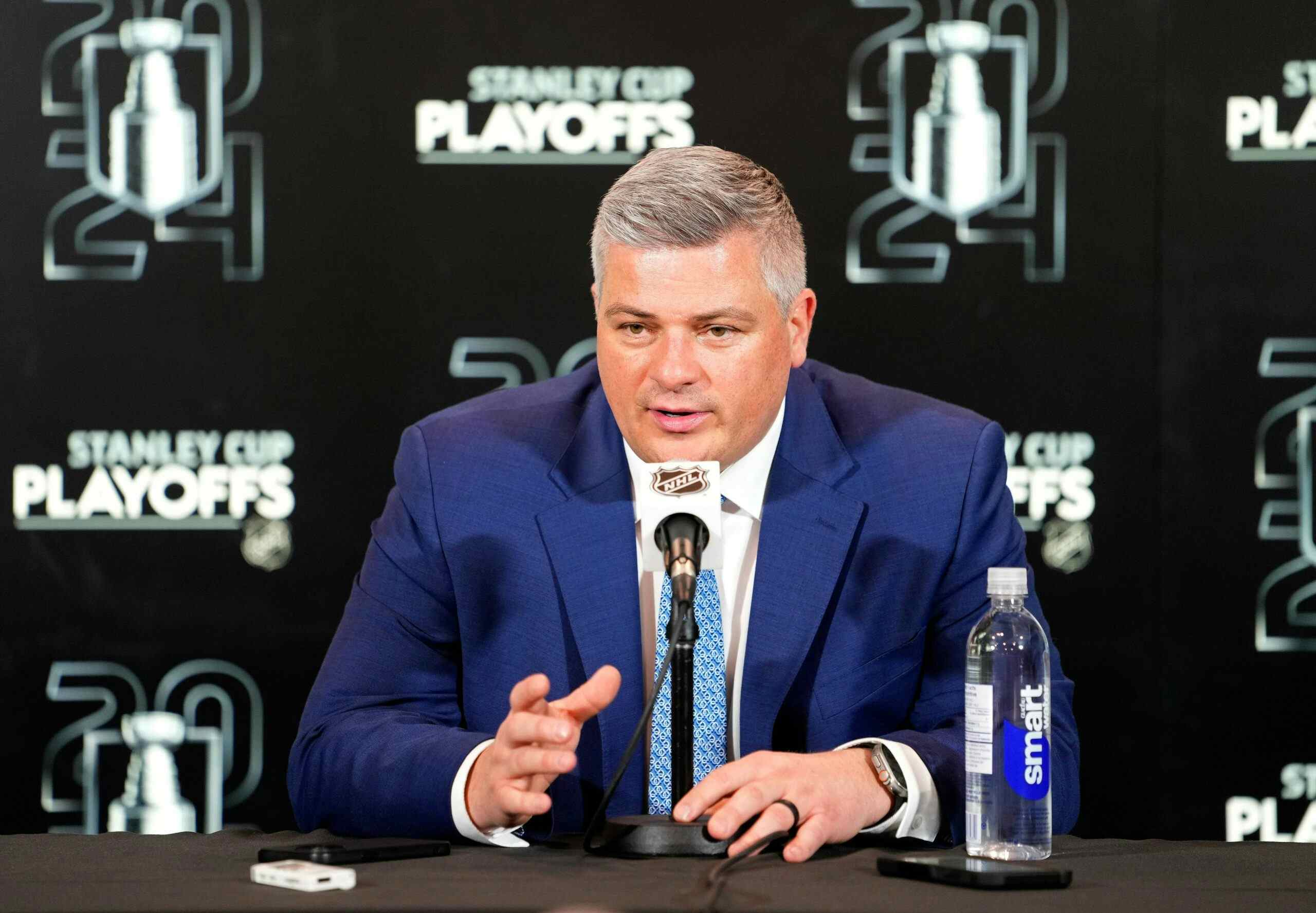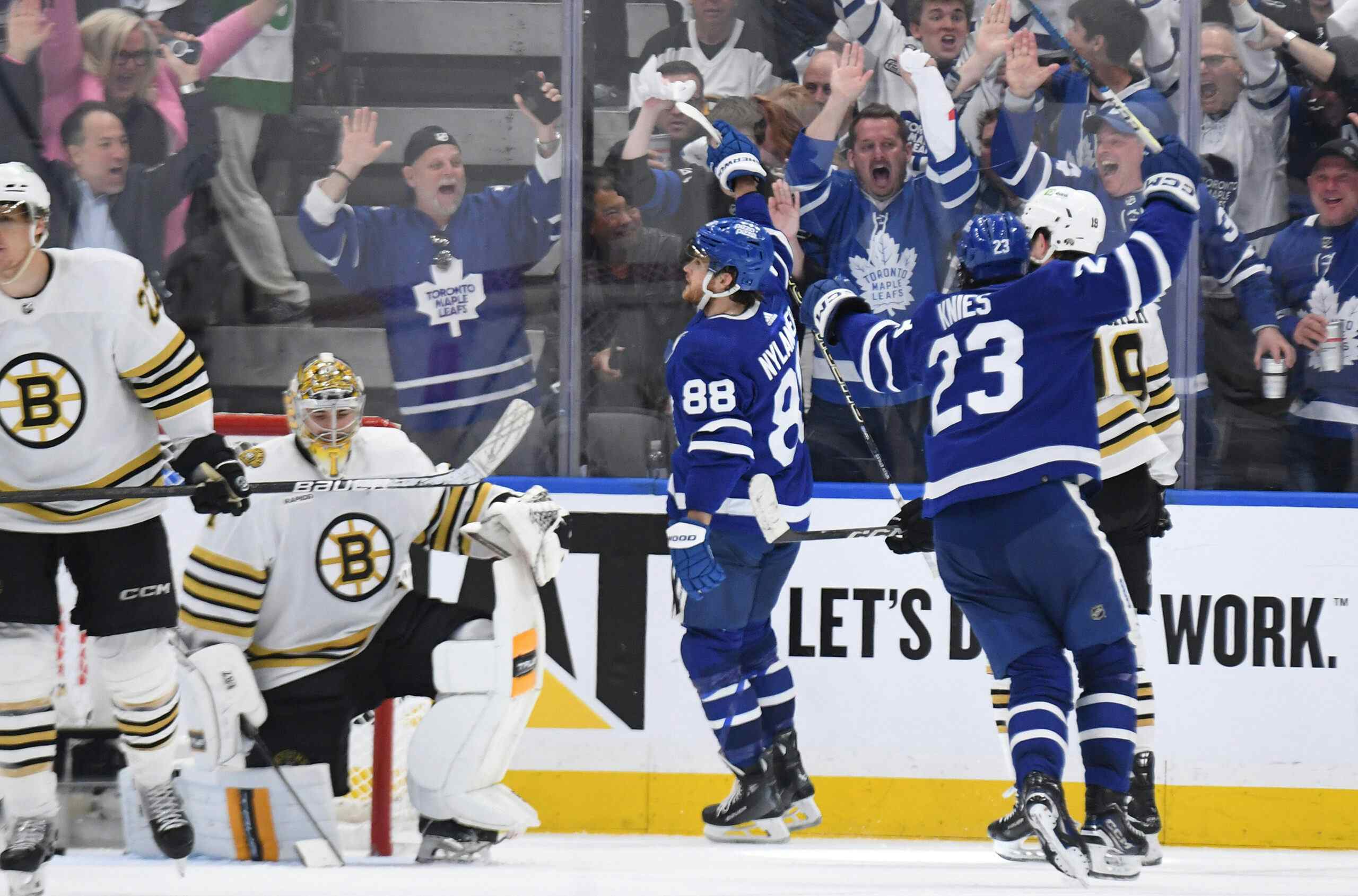Highs and Lows: The Centres

Now that the offseason can officially be pronounced dead (barring an Erik Karlsson trade or a William Nylander extension), we can start looking at the roster, and what we can expect from the roster in the 2018-19 season. This might be a hot take to some, but the Leafs made some big improvements this offseason, particularly with the addition of John Tavares, so we can certainly expect this team to make strides this season, but it might not go as expected.
Taking from our buddies at Oilers Nation, over the next little while, I’m going to be looking at the Leafs roster, and seeing what the best and worst case scenarios are for all of the Leafs. Of course, this will be assuming that these players don’t get injured at all this season, and that they won’t get traded, but I’m going to try and make realistic ceilings and floors for what we can expect from the Leafs this season.
Today, it’s the Leafs biggest advantage on (most) teams in the league, their centres.
Now, should I start with Auston or John…?

Jan 6, 2018; Toronto, Ontario, CAN; Toronto Maple Leafs forward Auston Matthews (34) reacts after scoring in the shootout on Vancouver Canucks goaltender Jacob Markstrom (25) at the Air Canada Centre. Toronto defeated Vancouver in an overtime shoot out. Mandatory Credit: John E. Sokolowski-USA TODAY Sports
Auston Matthews
Ceiling: Matthews has a much easier ceiling to predict compared to last season, mostly because having another season to evaluate shows us that his 40 goal rookie season wasn’t a one-off.
While he did score six fewer goals, it came in 20 fewer games, and not only that, but he matched his assist total from 2016-17, and was slightly over a point per game this season. While his career 15.9% shooting percentage is much higher than the average player, Matthews is much more than an average player, and has proven excellent so far at creating high danger scoring chances.
Let’s not forget that the addition of Tavares will probably lead to Matthews getting easier minutes throughout the season, and if Babcock follows through and plays Marleau with him and Nylander, his point totals could increase even more, since that’s another player on that line that can finish whatever Matthews and Nylander create (sorry Hyman).
Oh, and Matthews unit was basically snake bitten on the power play, so that should also see some increase in production as well.
Keeping all this in mind, it wouldn’t be too far fetched to put up 95 points this season, with a 50-45 goal-assist split. It’s close to what he would’ve put up in a full 82 game season last year (he was on pace for 45-38), and his time in Toronto is about to get easier now that they have three legit playdriving lines.
Floor: The floor is a bit harder to project, because we haven’t exactly seen Matthews play really poorly yet, aside from brief game by game stretches.
But, one thing I mentioned before was how his 15.9% shooting percentage is well above the average player. So, assuming that this shooting percentage is as high as it is because of luck, there’s a very small chance of regression from Matthews this season.
If his shooting percentage were to dip to around 10%, that would see him only score 26 goals, assuming his shot rates are similar to what they are so far. If it were to dip to 8%, his goal total drops to 21 goals. It’d be hard to see his assists really drop, considering that Nylander’s been pretty steady at 20 goals a year, and swapping Hyman for Marleau might help even more, but their is potential for his shooting percentage to regress, so in that event, we likely see Matthews around 65 points. Extremely slim chance, but it might be possible.

John Tavares
Ceiling: So far in Tavares’ career, he’s been roughly point per game player on the Islanders, with a career high of 86 points in 2014-15, followed closely by his 84 point season in 2017-18.
But, there is one thing to note when looking at Tavares’ as a point per game player is that he’s never really played with an elite level winger, aside from a brief stint in 2013-14 with Thomas Vanek. Sure, the guys he plays with put up points, but there’s a reason why Kyle Okposo and Matt Moulson aren’t that good anymore. Tavares was usually the one elevating their play.
Enter Mitch Marner, who will apparently be on his wing this season. Marner has shown that he can drive lines, as the level that the Kadri line reached, and the level that Marner himself reached, when he joined that line. A combination of Marner and Tavares will be something that Tavares hasn’t seen before, and keeping in mind that the Tavares line won’t be the only line that opposing teams need to watch, this might be the easiest year Tavares will have.
With all that in consideration, a reasonable ceiling for Tavares could be somewhere in the 95 point range. Maybe even higher, but that is starting to reach the point of being a bit more unrealistic. Obviously it’s very similar to Matthews’ ceiling, and it’s unlikely that they both hit it, but even having one center with a ceiling of 95 points is pretty good.
Floor: Aside from the odd season here and there, Tavares has maintained his point per game pace over nine seasons, so it’s pretty easy to look at what his floor could be this season.
In 2016-17, Tavares dipped to only 66 points in 77 games, probably his worst since his rookie season, so that could probably be a good idea as to what his floor is this year. Being on a new team for the first time in nine years could cause him to get off to a slow start, and he might see less ice time because of being on a deeper team.
Keeping that in mind, his floor could potentially be in the 65 point range, but the odds of that happening are pretty slim.

Feb 14, 2018; Toronto, Ontario, CAN; Toronto Maple Leafs center Nazem Kadri (43) skates with the puck as Columbus Blue Jackets defenseman Zach Werenski (8) applies pressure at Air Canada Centre. Mandatory Credit: Tom Szczerbowski-USA TODAY Sports
Nazem Kadri
Ceiling: After two years of being the Leafs shutdown center, it seems like Kadri might get a much easier time as the Leafs 3C, and that will probably help his numbers out a lot. Also, he won’t be strapped to Komarov for half of the year, and will play with some combination of Johnsson, Kapanen, or Brown this year, and Kadri might see his line produce more than it did last year.
But, he will probably also see less ice time, unless Babcock uses him as the shutdown center and insists on line matching. So, his offense might increase, but the time he’ll have to produce might even it out and he’ll end up having similar seasons to the last couple years.
Keeping this in mind, Kadri’s ceiling this season will probably be around 60 points, and maybe a slight shift in goals and assists to 25-35, or something like that.
Floor: On top of the fact that a potential decrease in ice time could hurt Kadri’s production, there is also some potential for regression. While Kadri has usually seen his career shooting percentage hover above league average, last seasons 15.2% is still well above his career 11.9%.
If his shot rates were to be about the same they have the last few seasons (when he started to shoot the puck more), and his shooting percentage dip to his career average, his goal total would drop to 28. Not a large drop, but that’s also assuming that he keeps shooting the puck the way he does, and won’t factor in ice time either.
Considering regression and a decrease in ice time, it’s likely that Kadri’s floor is closer to a 40 point, 20-20 split. Still great for a third line center, but not what Kadri has put up the last couple seasons.
Recent articles from Scott Maxwell





